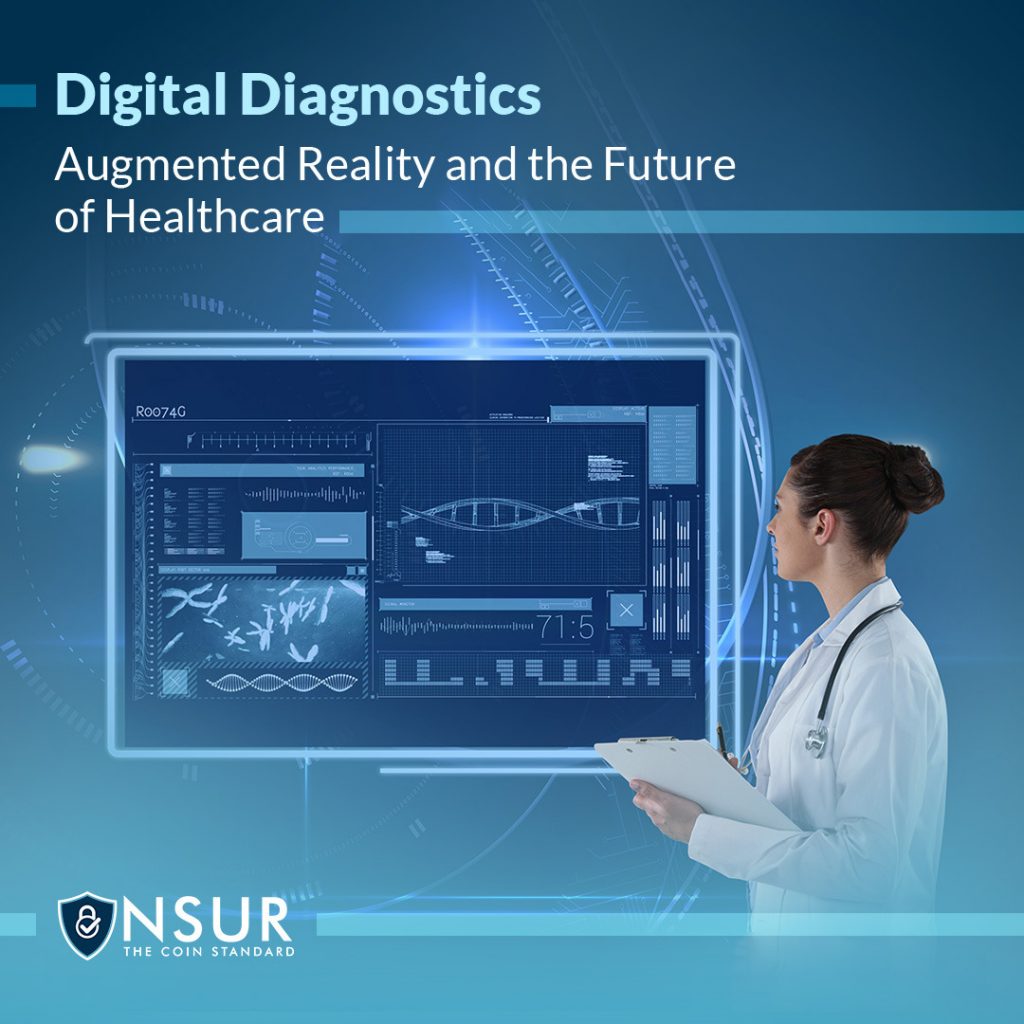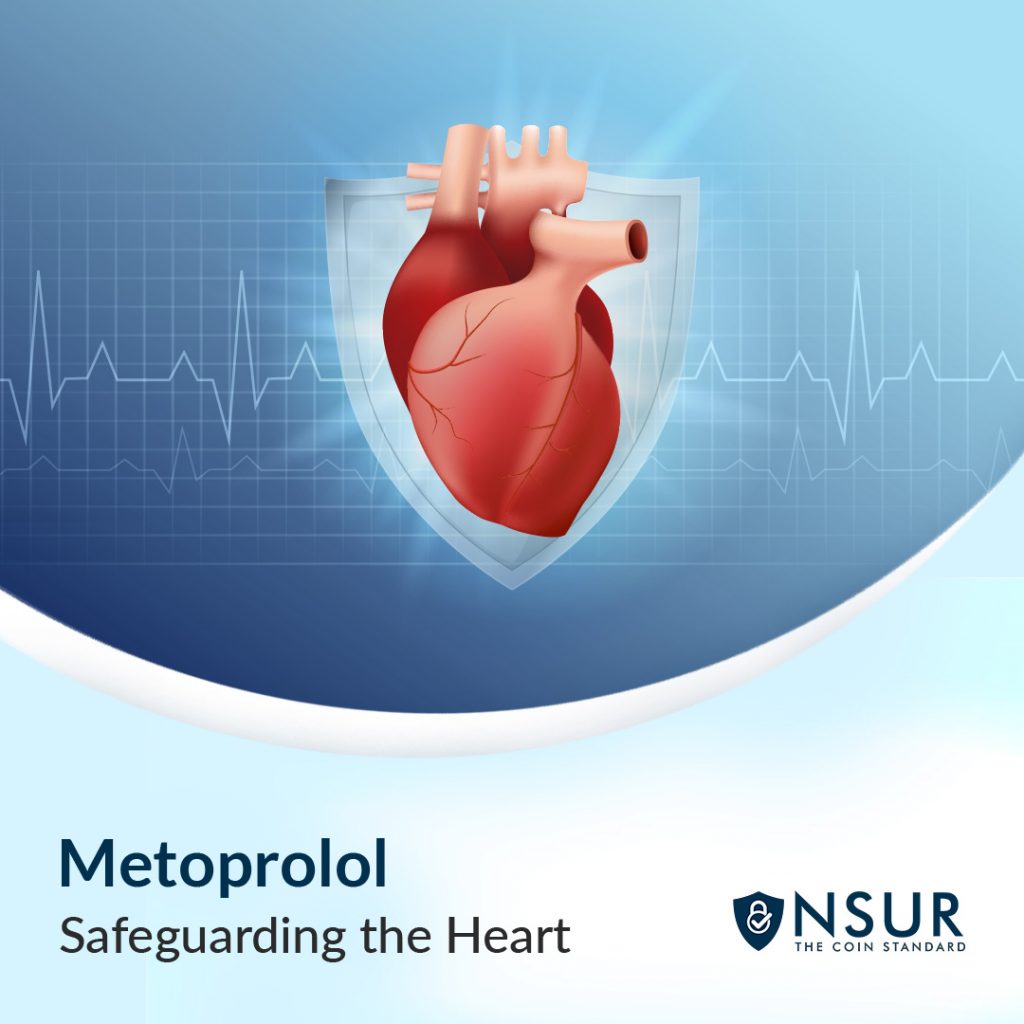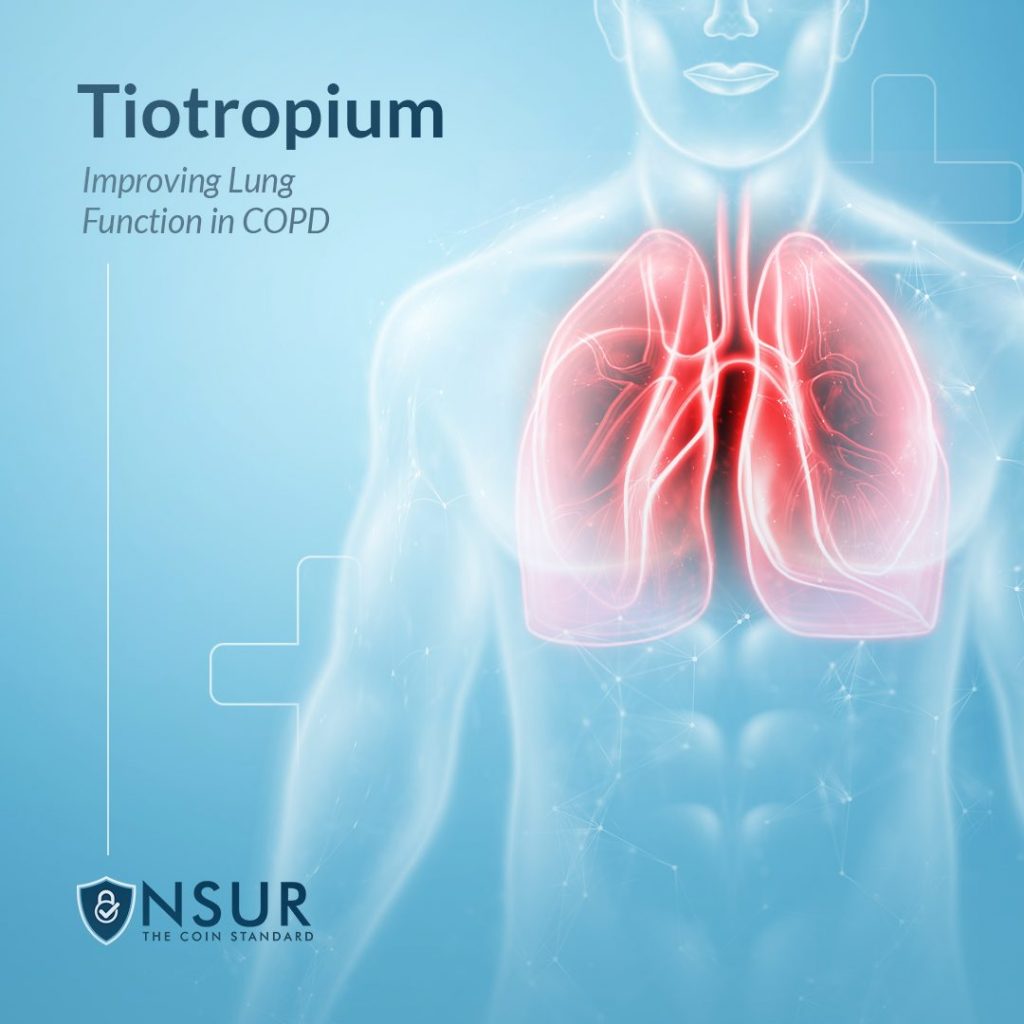
Disruptive digital technologies are changing the future of the healthcare industry in mesmerizing ways. With intelligent healthcare-enabled immersive technology, the world can experience a more sustainable and healthier future. The medical field has begun to explore these experiences using cutting-edge technology such as augmented reality (AR), virtual reality (VR), mixed reality (MR), and extended reality (ER). With AI-powered diagnostics to robotic surgery on the rise, technology is shaping the future of healthcare. The COVID-19 pandemic has increased the importance and use of digital technology to provide assistance, medical consultations, and healthcare services, among other things.
In the growing demand for digital diagnostics in healthcare, augmented reality (AR) can complement traditional diagnostics methods. AR can assist medical professionals in better understanding human anatomy and physiology while also allowing them to collaborate with other medical professionals around the world. Technology has the potential to boost healthcare innovation to enhance wellness and improve quality of life, safety, and security. Augmented reality (AR) is making its way into the healthcare ecosystem, and it has the potential in revolutionizing diagnostic methods.
Key Augmented Reality Applications in Digital Diagnostics
Augmented reality (AR) has altered the way we converse with the world around us. As it is making its way into many industries, for the healthcare sector, it is being used to enhance medical diagnostics and refine patient outcomes. In this section, we will look at the most important applications of augmented reality in digital diagnostics.
- Movement, space, and interaction for diagnosis
Augmented reality has given healthcare professionals a platform to identify patients’ conditions, allowing them to diagnose accurately and treat patients in novel and innovative ways. By utilizing AR technology, doctors can evaluate a patient’s range of activity, muscle strength, and motion and balance, which allows them to provide a precise diagnosis of musculoskeletal disorder. Making use of AR, patients can additionally be guided through physical rehabilitation while receiving real-time feedback on their progress.
- Eye movement tracking for neurological markers and eye conditions
The perception of humans is influenced by their vision input and the place at which they look affects their perception. Research indicates that neurodegenerative disorders (ND) impact eye movements (Ems) in a significant way, thereby affecting how we communicate with our surroundings. One of the key applications of AR in digital diagnostics is eye movement tracking. The tracking of eye movements can help diagnose conditions such as Parkinson’s and Alzheimer’s disease, multiple sclerosis, and traumatic brain injury, which are closely related to neurological function. Using AR, doctors can predict disease progression and provide patients with optimal treatment.
The application of AR can also be used to assess and treat conditions related to the eyes, including amblyopia (lazy eye) and strabismus (crossed eyes). It is possible to guide patients through exercises to improve their visual perception and coordination by overlaying virtual objects in the real world.
- 3D visualization and manipulation of medical imaging data
One of the most exciting applications of augmented reality in digital diagnostics is 3D visualization and manipulation of medical imaging data. Doctors can better understand complex anatomical structures and plan surgeries with greater precision by superimposing 3D models onto the real world.
AR, for instance, can display a 3D model of a patient’s heart in the real world. This allows doctors to visualize and manipulate the structure in real time. The technology can be particularly useful for complex surgical procedures like replacing a heart valve in cardiology, brain surgeries, orthopedic surgeries, nephrological surgeries, and so on. AR apps such as Proximie and EchoPixel are also thought to be effective tools for simplifying surgeries and reducing the possibility of human error.
Furthermore, there are various applications of AR in healthcare such as dentistry, training nurses, enhancing medical education, helping the visually impaired, peripheral vascular visualizations, assisting in remote surgical procedures, visualizing veins, pharmaceutical marketing, bioinformatics, AR-based telehealth, and many more. AR can improve patient outcomes and quality of care by allowing healthcare professionals to diagnose and treat patients in novel ways.
Benefits of Augmented Reality in Digital Diagnostics
- Improved accuracy and speed of diagnosis
Augmented reality in digital diagnostics can significantly improve doctors’ and surgeons’ abilities to diagnose, treat, and perform surgery on patients more accurately and speedily. AR gives access to real-time data and patients’ medical records swiftly and precisely, enabling the display of 3D anatomical data on top of the patient.
It can create more precise surgical plans and provide actual feedback during procedures by synchronizing all imaging and patient data on an AR display. This technology can improve safety and quality while also reducing surgical time and costs by reducing procedure-related complications. As well as improve overall patient outcomes.
- Enhanced patient engagement and understanding
One of the primary benefits of AR in the healthcare sector is increased patient understanding, engagement, and happiness by providing a more immersive and interactive diagnostic experience. Furthermore, AR can help patients better understand their condition and feel more involved in their care by guiding them through their diagnosis and treatment.
AR can also be used to simulate various environments or scenarios to assess a patient’s response to stimuli. This technology may be especially beneficial for patients suffering from anxiety disorders or phobias. By engaging in augmented reality experiences, for example, users are more engaged with rehabilitation programs.
- Streamlined workflows for healthcare providers
Another significant advantage of augmented reality in digital diagnostics is its potential to streamline healthcare provider workflows. AR can automate repetitive tasks like measuring and analyzing medical images, allowing doctors to save time and focus on more complex issues.
Furthermore, AR can also help healthcare providers interact and work together effectively by allowing them to share and evaluate medical images in real-time. This technology may help to reduce the need for physical meetings while also improving the overall efficiency of the healthcare system.
When it comes to a healthcare organization, replacing outdated systems with modern alternatives necessitates training as well as the trust of the employees. The benefits of streamlining workflows, increasing interoperability, and, most importantly, improving patient outcomes far surpass the expenses and inconvenience of modernizing health care.
- Increased access to advanced diagnostic tools in remote or underserved areas
During pandemics, digital technologies such as augmented reality (AR) and virtual reality (VR) demonstrated their potential in digital diagnostics. It has made advanced diagnostic tools more accessible in remote and underserved areas. AR allows for the creation of virtual clinics in which patients can easily communicate with doctors and healthcare providers while receiving diagnostic and treatment services remotely.
In areas where access to specialized training is limited, augmented reality can be used to train medical professionals and care providers. Virtual simulations and scenarios can be provided by AR to assist healthcare providers in developing the skills required to diagnose and treat complex medical conditions. This technology makes medical training more interactive and allows students to apply their knowledge in the real world without risk.
Real-world Examples of Augmented Reality in Digital Diagnostics
Successful case studies of AR-based diagnostic tools
- AccuVein: AccuVein is an AR-powered technology that projects a map of the veins onto the patient’s skin to help detect veins for injections or IV placement. It is a portable handheld device that provides practitioners with a real-time image of the underlying vasculature by utilizing a laser-based scanner, processing system, and digital laser projection. It has been demonstrated that this technology can increase first-stick success rates by up to 350%.
- EchoPixel: EchoPixel has created an AR-based medical equipment that creates a 3D image of a patient’s specific anatomy, allowing doctors to better visualize and understand complex structures. To improve care, EchoPixel has been shown to improve clinical knowledge, surgical planning, accelerated operational processes, and reduce the risk of complications.
- Proximie: This is an augmented reality-based health technology platform that allows surgeons to remotely attend and guide surgeries. Surgeons can use augmented reality to superimpose digital images and data on patients in real-time, providing remote guidance and collaboration with other healthcare professionals.
The impact of augmented reality on healthcare providers and patients
Augmented reality (AR) technology has the potential to transform the field of digital diagnostics in many distinct ways. It can improve diagnosis accuracy and speed by projecting virtual objects onto the real world, giving doctors a better understanding of complex anatomical structures and emerging health issues. AR can improve patient engagement and comprehension by providing a more engaging and interactive diagnostic experience, as well as guiding them through their diagnosis and treatment. AR has the potential to improve healthcare provider workflows by automating repetitive tasks, freeing up extra time for doctors to focus on complex cases.
Finally, augmented reality (AR) can improve access to advanced diagnostic tools in remote or underserved areas by establishing virtual clinics where patients can receive diagnostic and treatment services remotely. The field of digital diagnostics can improve patient outcomes, lower costs, and increase access to healthcare services by incorporating AR.
Challenges and Solutions
Augmented reality (AR) is a promising technology for improving medical diagnosis and treatment, yet it comes with certain challenges. To ensure the widespread adoption and use of AR, these challenges must be addressed efficiently.
- Addressing technical, privacy, and security challenges
A primary challenge for AR-based diagnostic tools is the fact that complex hardware and software are required to achieve efficient results. There is also the issue of privacy and security when using this technology; these diagnostic tools may collect sensitive patient information that must be protected. The best way to address these issues, technology providers must collaborate closely with regulators and industry best practices to ensure their solutions are compliant with regulations. Further, healthcare providers need to ensure that all AR tools are used in a secure environment and impose stringent security measures to protect patient data.
- Ensuring the affordability and accessibility of AR-based diagnostic tools
Another problem involves AR-based diagnostic tools’ cost and availability. Often, these tools are expensive, making them out of reach for healthcare providers. There is a need for cost-effective solutions that can easily be integrated into existing healthcare systems to address this issue. Developing and deploying AR-based tools is possible with the support of government agencies and healthcare organizations, as well as investors.
Final Thought
Finally, augmented reality (AR) is scalding in the healthcare industry, revolutionizing digital diagnostics and enhancing patient outcomes. It is now possible for healthcare professionals to accurately diagnose and treat patients using new and innovative methods. This includes assessing patients’ muscle strength and range of motion, evaluating and treating neurological and eye conditions, and even manipulating 3D imaging data for complex surgical procedures.
Implementing AR in healthcare will also improve diagnosis accuracy and speed, increase patient engagement and understanding, and streamline workflows for healthcare providers. AR technology has the potential to accelerate healthcare innovation while also improving wellness, safety, and security. The integration of AR in the healthcare system is expected to grow significantly in the future due to the increasing demand for digital diagnostics in healthcare.
We can realize these advantages by embracing augmented reality (AR) as a transformative technology in healthcare diagnostics. Healthcare’s future looks bright with AR technology. It has the potential to revolutionize the healthcare industry by modernizing healthcare, improving patient outcomes, and changing perspectives towards healthcare.











